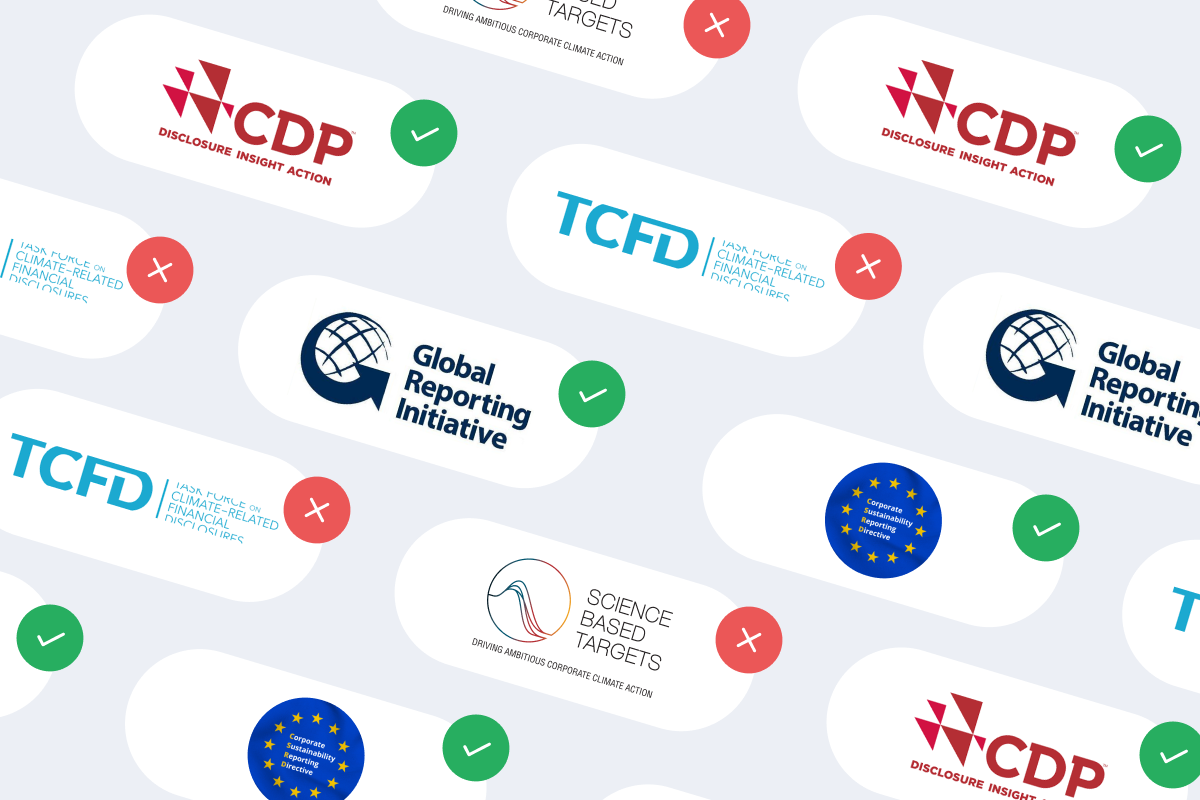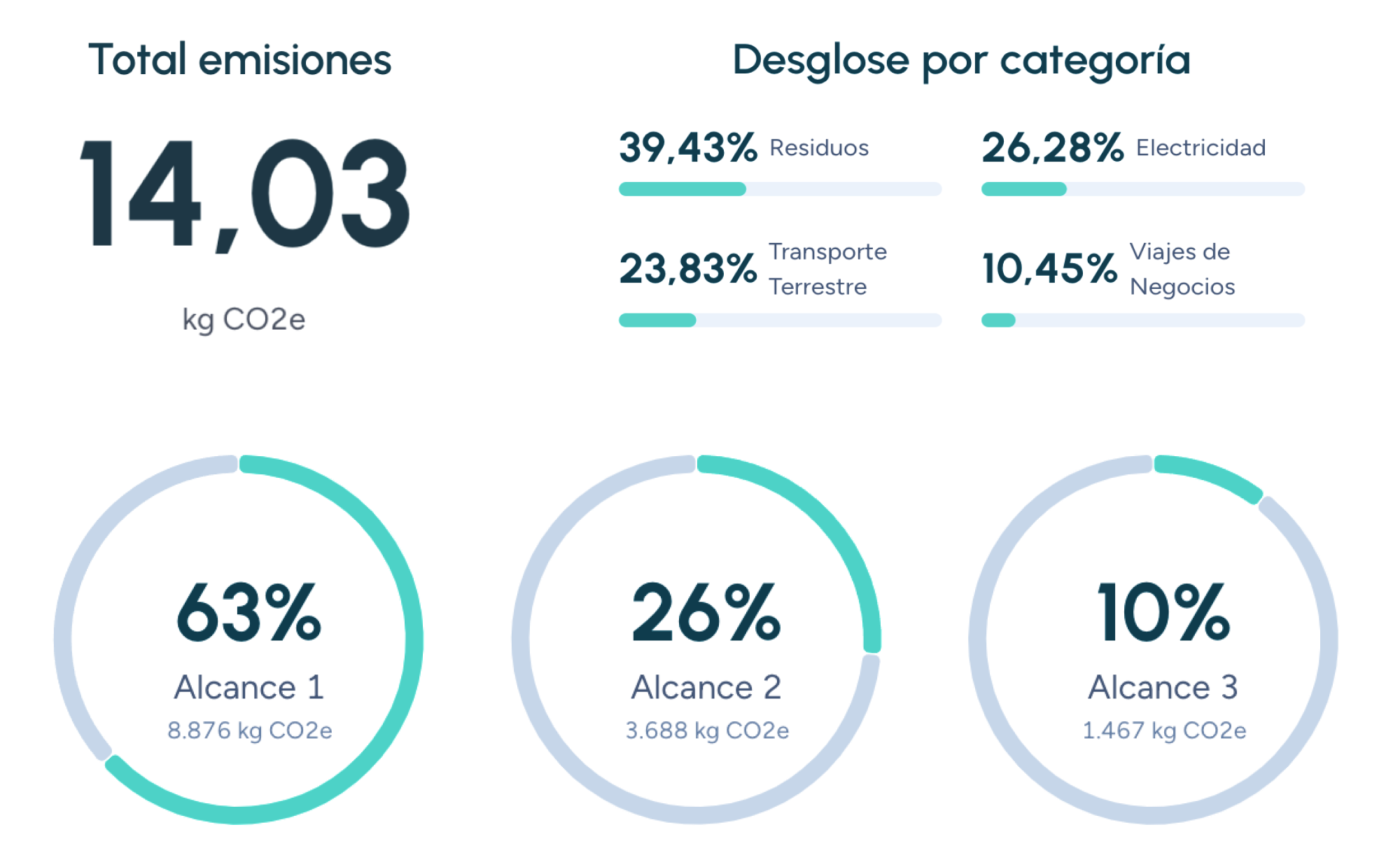C
Carbon footprint reduction plan
As climate change concerns and corporate responsibility grow, a carbon footprint reduction plan has become an essential tool for organizations seeking to measure and manage their environmental impact. This strategic document outlines the specific actions a company will take to reduce its carbon footprint and move toward sustainability.
What is a carbon footprint reduction plan?
A carbon footprint reduction plan is a formal document that defines the specific steps, responsibilities, resources, and timelines required to reduce an organization’s greenhouse gas (GHG) emissions.
Why is a carbon footprint reduction plan important?
A well-structured carbon footprint reduction plan offers several benefits for businesses looking to reduce their environmental impact:
1. Emission reduction
A clear plan helps companies identify their main sources of emissions and implement targeted strategies to reduce them. These measures may include:
- Adopting energy-efficient technologies
- Optimizing operational processes
- Transitioning to renewable energy sources
2. Regulatory compliance
As governments introduce stricter GHG emission regulations, having a documented action plan becomes essential. A well-documented plan demonstrates a company’s commitment to sustainability and facilitates compliance with environmental laws and reporting requirements.
3. Enhanced corporate reputation
In a market that increasingly values environmental responsibility, companies that show a clear commitment to sustainability strengthen their brand image. A transparent and effective carbon footprint reduction plan can help attract:
- Customers who prefer sustainable businesses
- Investors looking for environmentally responsible companies
- Top talent committed to fighting climate change
Key elements of a carbon footprint reduction plan
An effective carbon footprint reduction plan should include the following components:
1. Setting emission reduction goals
The first step is to define clear, measurable, achievable, relevant, and time-bound (SMART) goals. These objectives should align with:
- The company’s overall sustainability strategy
- Global climate commitments, such as those outlined in the Paris Agreement
2. Carbon footprint assessment
A comprehensive GHG inventory must be conducted using recognized methodologies, such as the GHG Protocol. This involves:
- Identifying direct and indirect emission sources
- Quantifying emissions across Scope 1, Scope 2, and Scope 3
3. Designing reduction strategies
Once the main emission sources are identified, companies must implement specific measures to reduce them, such as:
- Energy Efficiency: Implementing energy-saving technologies and practices.
- Renewable Energy: Replacing fossil fuels with solar, wind, or other clean energy sources.
- Sustainable Mobility: Encouraging public transportation, electric vehicles, or remote work.
- Waste Management: Implementing reduce, reuse, and recycle policies.
- Carbon Offsetting: Investing in projects that neutralize remaining emissions, such as reforestation or renewable energy initiatives.
4. Assigning responsibilities
Clearly defining roles and accountability ensures successful plan execution. Each measure should have:
- A responsible team or department
- Defined coordination and communication mechanisms
5. Allocating resources and budget
To successfully implement a carbon footprint reduction plan, companies must ensure:
- Financial resources for sustainability initiatives
- Human resources dedicated to emission reduction efforts
6. Monitoring and evaluation
An effective plan must include tracking and evaluation mechanisms to:
- Monitor progress toward goals
- Collect and analyze GHG emission data
- Adjust strategies as needed to optimize results
Legal frameworks and standards
Several international frameworks and standards provide guidelines for developing and implementing a carbon footprint reduction plan, including:
- Kyoto Protocol: International treaty setting GHG emission reduction targets for developed nations.
- Paris Agreement: Global accord aiming to limit global warming to below 2°C, with efforts to cap it at 1.5°C.
- GHG Protocol: Widely used international standard for GHG accounting and reporting.
- ISO 14064: International standard outlining requirements for quantifying, monitoring, and verifying GHG emissions reductions.
In a world increasingly affected by climate change, developing and implementing a carbon footprint reduction plan has become a business necessity. A well-defined strategy not only reduces a company’s environmental impact but also:
- Brings economic benefits
- Enhances corporate reputation
- Ensures regulatory compliance
Taking action today is essential for building a sustainable future for businesses and society as a whole.
Companies that trust us

Carbon neutrality
Explore the concept of carbon neutrality and its importance in the fight against climate change, along with the necessary steps to achieve it and the technological tools that facilitate this process.
Climate change mitigation
Discover what climate change mitigation is and how actions to reduce GHG emissions are crucial in combating global warming. Learn about strategies, examples, and the importance of carbon footprint measurement at Manglai.
Climate neutrality
Discover what climate neutrality is and how to achieve a balance between GHG emissions and removals. Learn to measure your impact and explore strategies for a sustainable future.
Guiding businesses towards net-zero emissions through AI-driven solutions.
© 2025 Manglai. All rights reserved
Política de Privacidad


